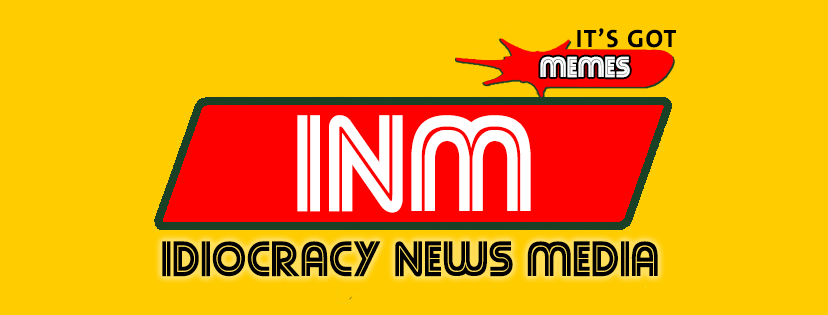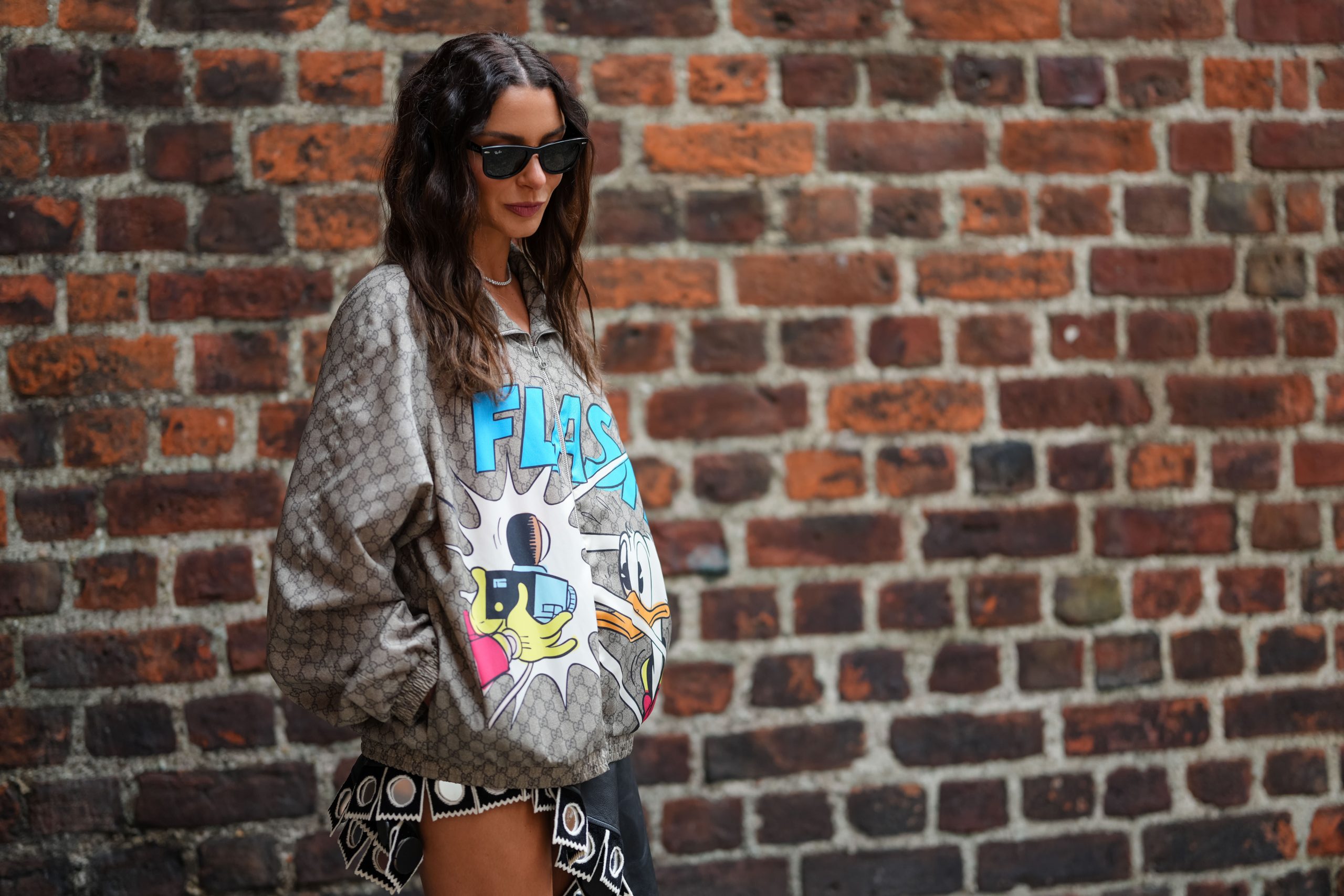“Loud luxury” is poised for a comeback as ailing fashion houses attempt to inject a sense of newness and novelty into their designs to win over weary shoppers.
A flurry of new creative directors at brands including Gucci, Chanel and Versace, and the arrival of new KeringCEO Luca de Meo, are seen phasing out “quiet luxury” subtlety in favor of statement styles, in what analysts say could be a turning point for the industry.
“We are seeing a shift to a bit more visible luxury at the moment,” Carole Madjo, head of European luxury goods research at Barclays, told CNBC’s “Squawk Box Europe” last month.
“Luxury fashion is a cycle. Now, with quiet luxury being a few years old, you want something else. Back to my novelty, newness thesis: I think this is now the focus.”
The sartorial shake-up comes as the luxury sector struggles to overcome a series of headwinds, from trade tariffs to soft consumer sentiment, following its Covid-era boom.
Ultra-luxe brands Brunello CucinelliHermesLVMH
But for many brands, quiet luxury’s discrete opulence, which glided to the fore in 2022 alongside the popularity of shows like HBO’s “Succession,” no longer cut it. That could herald a new era of large logos, bold branding and distinctive designs dominating catwalks to high streets.
“There is no longer the same level of desire for many products across the market, pushing all major brands to change creative direction in search of relevance,” Yanmei Tang, analyst at Third Bridge, said via email.
Gucci, Burberry, Moncler
One brand owning that shift is Burberryeponymous check print and signature trench.
Chief Financial Officer Kate Ferry said during a second-quarter earnings call that the company’s statement heritage collection, which includes full checkered two-pieces, was “reigniting brand desire” and positioning Burberry among a wide consumer base as “a luxury brand with broad universal appeal.”
Gucci is seen targeting the same refit under its new artistic director Demna Gvasalia, whose boundary-pushing designs courted controversy at parent company Kering’s smaller Balenciaga label.
Fashionistas and investors have long awaited a catalyst to turn around Gucci’s fortunes, as sales have suffered, particularly from weaker demand in China. The arrival next month of former Renault chief Luca de Meo as Kering CEO is also set to inject an outsider perspective and branding expertise.
“The key thing is to bring back some brand desirability,” Madjo said. “Bringing newness — something fresh which has not been seen before — is, I think, what could make Gucci great again.”
New creative and artistic leads are also seen shaking things up at Chanel, Bottega Venetta and the famously out-there Versace. MonclerPrada recently cited image adaptability among the brand’s virtues.
“What’s beautiful about Prada is that it can be sporty, it can be glamorous. This is one of the few brands that can allow us to play three or four games at the same time,” group CEO Andrea Guerra said on an earnings call last month.
The big divide
Fashion houses will be hoping that the image overhauls can help inspire waning interest from consumers who became disillusioned with brands after significant pandemic-era price hikes failed to reflect product innovation.
According to UBS’s Evidence Lab, the price of luxury goods rose by a record 8% on average in 2022, well above the pre-Covid rate of 1% and the 3% recorded this year to May.
Only top-end brands Hermes, Rolex and Richemonttariffs may force their hand. Gucci, Burberry and Prada, meanwhile, have raised prices, but to a smaller extent.
That’s likely to propel a further divide between quiet ultra-luxe brands and relatively more affordable labels.
Marcus Morris, portfolio manager for European and global growth equities at Alliance Bernstein, told CNBC last week that higher prices could now only be justified by the “right brands, the right brand management and the right marketing of those brands.”
Nevertheless, more modest pricing strategies may be what’s needed for troubled brands seeking to regain market share and compel a broader consumer base.
“High-end soft luxury brands have increased their prices a lot,” Luca Solca, sector head for global luxury goods at Bernstein, told CNBC. “Brands with a more moderate pricing approach [are] doing well … potentially going to benefit from this middle ground.”
Indeed, in a loud luxury era, it could play in their favor.
“It could be less of an issue to show off this product, because it is still a bit more affordable, let’s say, compared to some other brands,” Madjo said.
International: Top News And Analysis
Read the full article <a href="Read More” target=”_blank”>here.


